10 Best Herbal Decoctions For Dermatitis
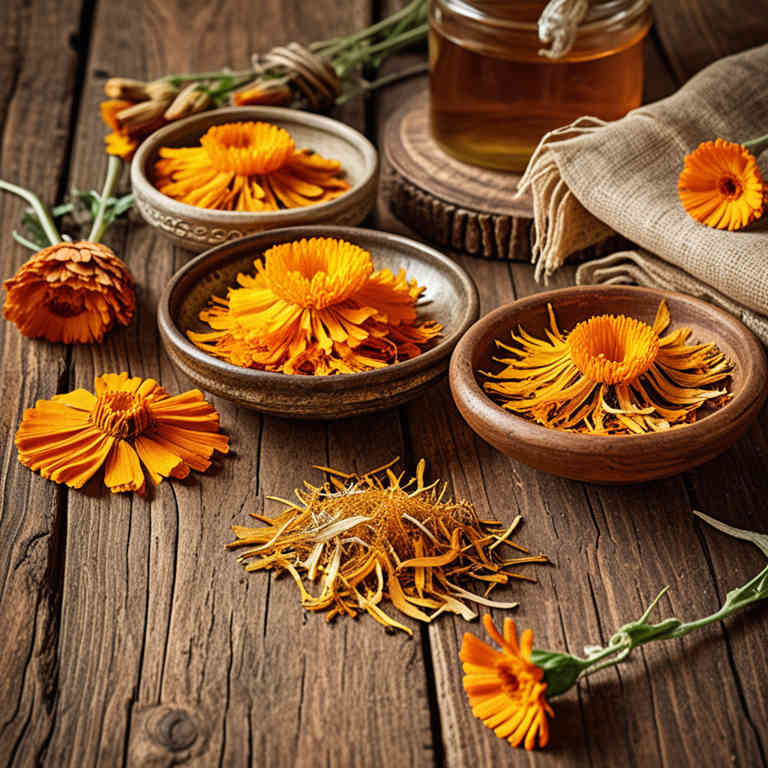
Herbal decoctions have been traditionally used to treat dermatitis due to their anti-inflammatory and soothing properties.
Common herbs such as chamomile, calendula, and licorice root are often included in these decoctions for their ability to calm irritated skin. The process involves simmering dried herbs in water to extract their active compounds, which can then be applied topically as a compress or bath. These natural remedies are generally considered safe but should be used with caution, especially for individuals with allergies or sensitive skin.
While they may provide relief for mild cases, severe dermatitis should be evaluated by a healthcare professional for appropriate treatment.
FREE Herb Drying Checklist
How to make sure every batch retains maximum flavor, color, and aroma without the risk of mold or over-drying. Eliminate guesswork and trial-and-error, making herb drying faster, easier, and more efficient every time.
Table of Contents
1. Aloe barbadensis
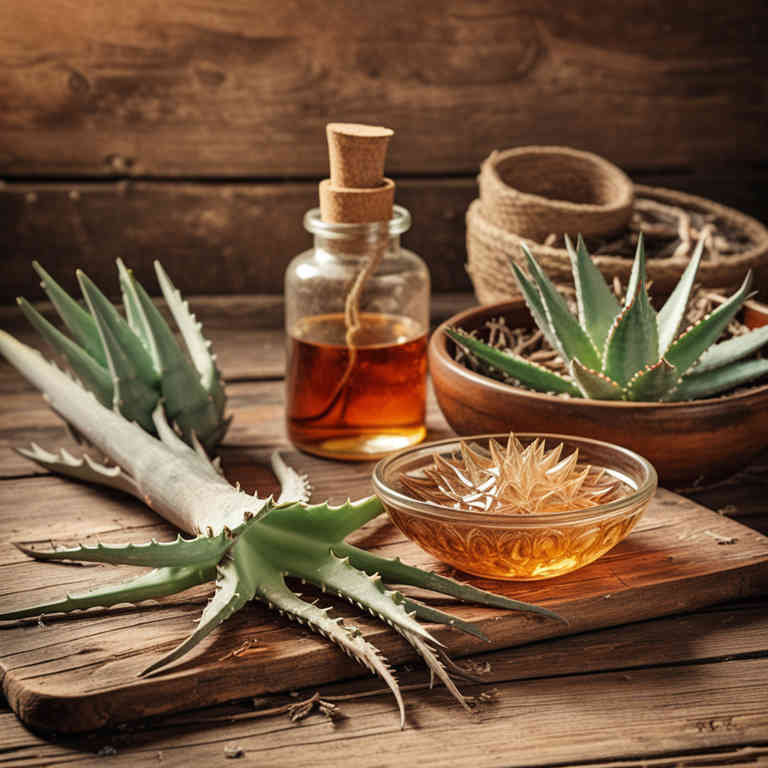
Aloe barbadensis, commonly known as aloe vera, has been traditionally used for its soothing and healing properties, particularly in the treatment of dermatitis.
Its herbal decoctions, made by simmering the gel or leaves in water, are valued for their anti-inflammatory and antimicrobial effects. These decoctions can help reduce redness, itching, and irritation associated with various forms of dermatitis. The active compounds in aloe vera, such as polysaccharides and enzymes, contribute to its ability to promote skin regeneration and hydration.
While generally safe for topical use, it is advisable to consult a healthcare professional before using aloe barbadensis decoctions, especially for severe or persistent skin conditions.
2. Hypericum perforatum
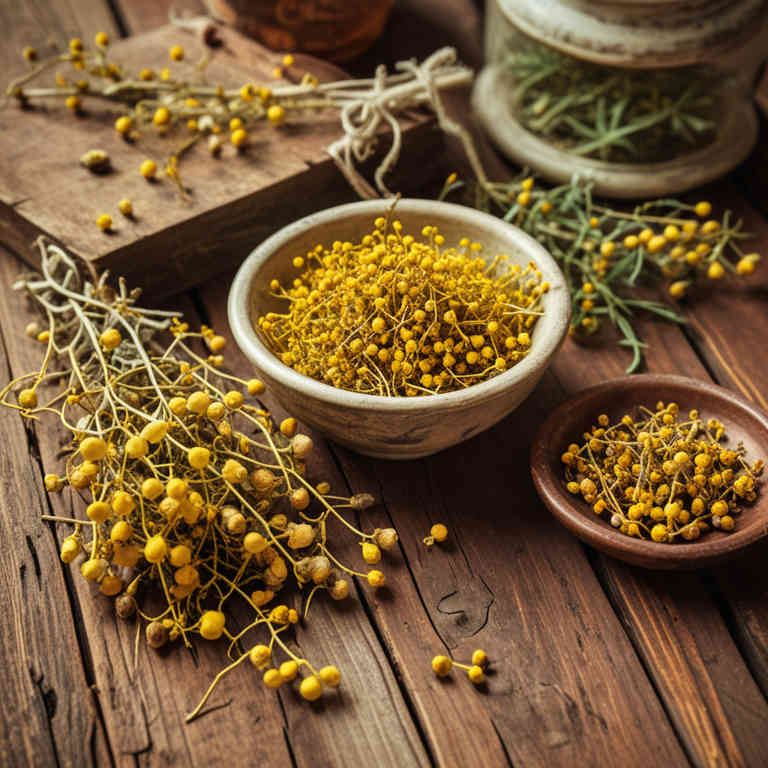
Hypericum perforatum, commonly known as St. John's wort, has been traditionally used in herbal medicine for its potential anti-inflammatory and antiseptic properties.
When prepared as a herbal decoction, it involves soaking the dried plant material in hot water to extract its active compounds, such as hypericin and hyperforin. This decoction may be applied topically to the skin to help alleviate symptoms of dermatitis, including redness, itching, and inflammation. Some studies suggest that the compounds in St. John's wort may inhibit inflammatory pathways and reduce oxidative stress, contributing to its therapeutic effects.
However, it is important to consult a healthcare professional before using St. John's wort decoctions, as they may interact with certain medications and have potential side effects.
3. Urtica dioica
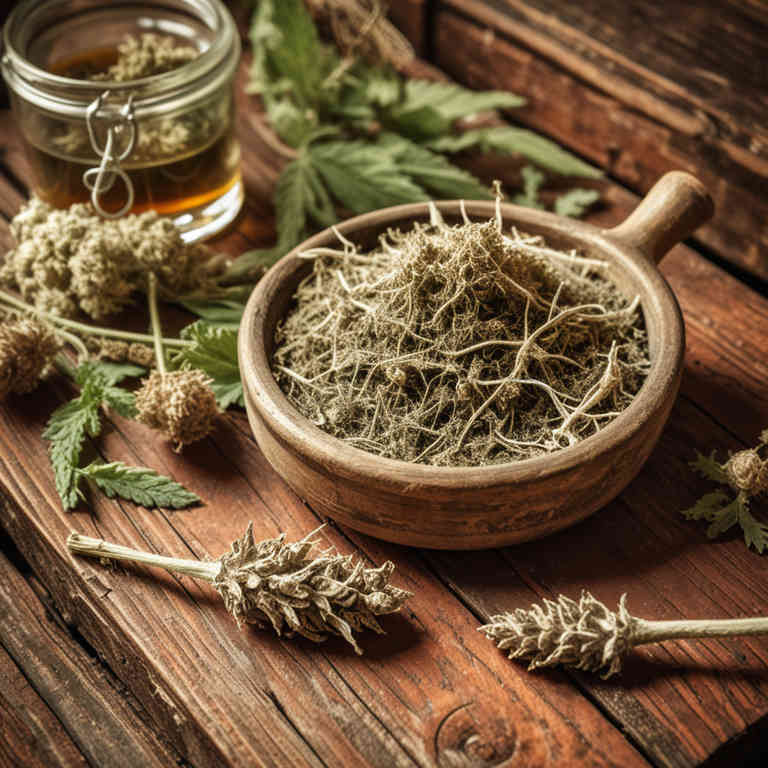
Urtica dioica, commonly known as stinging nettle, has been traditionally used in herbal medicine for its potential anti-inflammatory and soothing properties.
Herbal decoctions made from the leaves and stems of Urtica dioica are often prepared by simmering the dried plant material in water for several minutes. These decoctions may help alleviate symptoms of dermatitis by reducing skin irritation and promoting healing due to the presence of compounds like flavonoids and antioxidants. However, it is important to consult a healthcare professional before using nettle decoctions, as they may interact with certain medications or cause allergic reactions in some individuals.
Despite its historical use, scientific research on the efficacy of Urtica dioica for dermatitis is still ongoing, and it should be used as a complementary rather than primary treatment.
4. Calendula officinalis
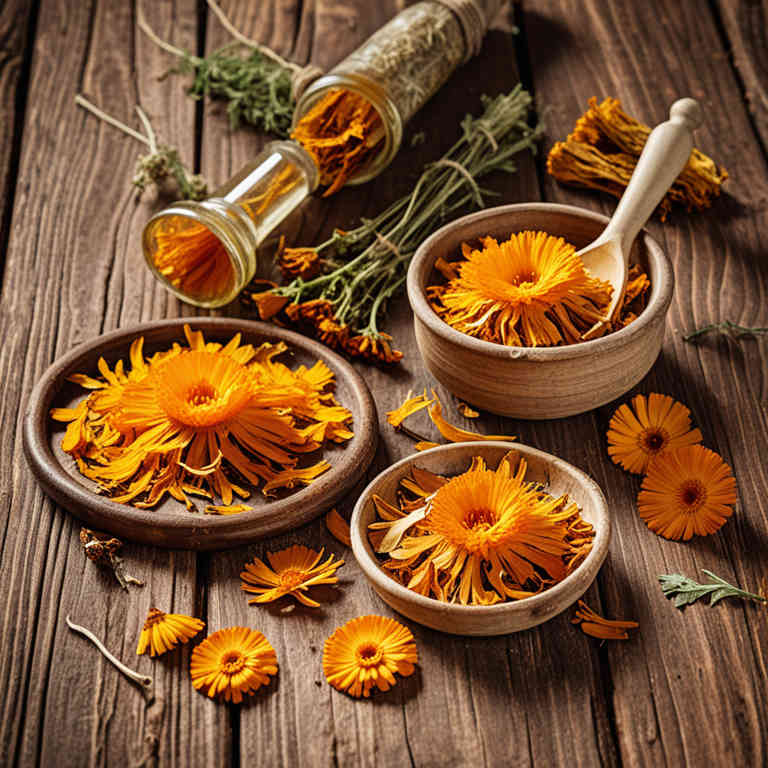
Calendula officinalis, commonly known as pot marigold, has been traditionally used in herbal medicine for its anti-inflammatory and antimicrobial properties.
Herbal decoctions made from its dried flowers are often prepared by simmering the petals in water to extract their active compounds, such as flavonoids and triterpenes. These decoctions are frequently applied topically to treat skin conditions like eczema and contact dermatitis due to their soothing and healing effects. Studies suggest that calendula may help reduce redness, itching, and inflammation associated with dermatitis by modulating the immune response and promoting skin repair.
However, while generally safe, some individuals may experience allergic reactions, so it is advisable to perform a patch test before using calendula decoctions extensively.
5. Lavandula angustifolia
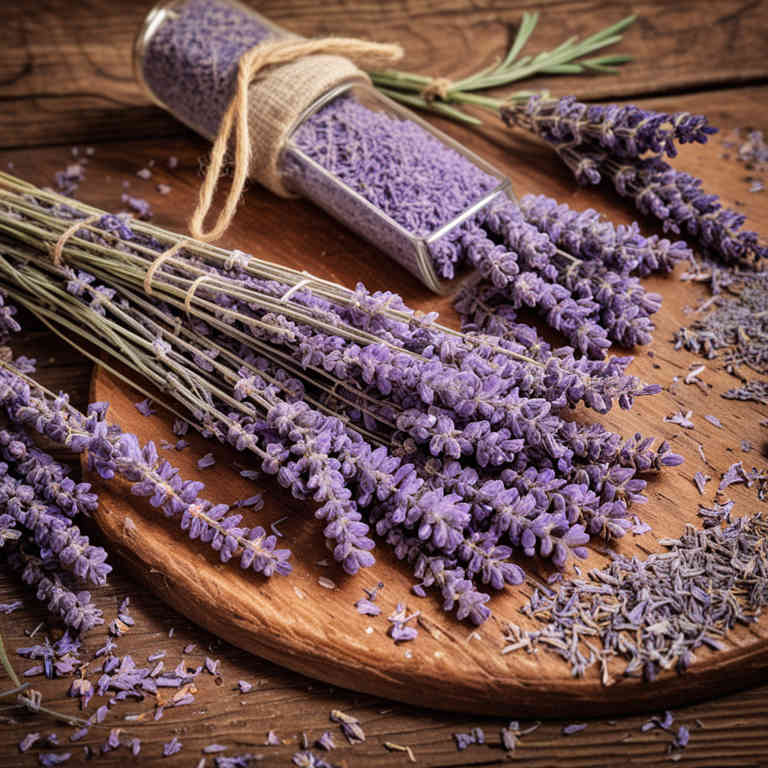
Lavandula angustifolia, commonly known as English lavender, has been traditionally used in herbal medicine for its soothing and anti-inflammatory properties.
Herbal decoctions made from dried lavender flowers are often prepared by simmering the plant material in water to extract its essential oils and active compounds. These decoctions are believed to have a calming effect on the skin, making them a popular remedy for conditions like dermatitis, which involve inflammation and irritation. The presence of compounds such as linalool and linalyl acetate in lavender contributes to its antimicrobial and anti-itching properties.
When used topically, lavender decoctions may help reduce redness, itching, and swelling associated with dermatitis, though they should be used as a complementary therapy under the guidance of a healthcare professional.
6. Chamomilla recutita

Chamomilla recutita, commonly known as German chamomile, has been widely used in traditional medicine for its anti-inflammatory and soothing properties.
Herbal decoctions made from its flowers are often employed to treat various skin conditions, including dermatitis, due to their ability to reduce redness, itching, and irritation. The active compounds in chamomile, such as bisabolol and chamazulene, contribute to its antimicrobial and anti-inflammatory effects, making it a valuable remedy for sensitive skin. When prepared as a decoction, chamomile can be applied topically in the form of compresses or lotions to provide relief from eczema and contact dermatitis.
However, it is important to consult a healthcare provider before using chamomile, especially for individuals with allergies or existing skin conditions.
7. Rosa canina

Rosa canina, commonly known as dog rose, has been traditionally used in herbal medicine for its anti-inflammatory and skin-soothing properties.
Herbal decoctions made from the flowers and hips of Rosa canina are often prepared by simmering the dried parts in water to extract their active compounds. These decoctions are believed to help alleviate symptoms of dermatitis by reducing redness, itching, and irritation. The high content of antioxidants and bioflavonoids in Rosa canina may contribute to its effectiveness in supporting skin health.
While it is generally considered safe, individuals with allergies to roses should exercise caution and consult a healthcare provider before use.
8. Silybum marianum

Silybum marianum, also known as milk thistle, has been studied for its potential benefits in treating dermatitis through the use of its herbal decoctions.
The active compound, silymarin, is believed to possess antioxidant and anti-inflammatory properties that may help reduce skin irritation and inflammation associated with dermatitis. Herbal decoctions made from Silybum marianum are often prepared by simmering the dried seeds in water, allowing the beneficial compounds to be extracted into the liquid. These decoctions may support skin health by protecting cells from oxidative damage and modulating immune responses.
However, while some preliminary studies suggest potential therapeutic effects, more clinical research is needed to fully establish their efficacy and safety for dermatitis treatment.
9. Matricaria chamomilla
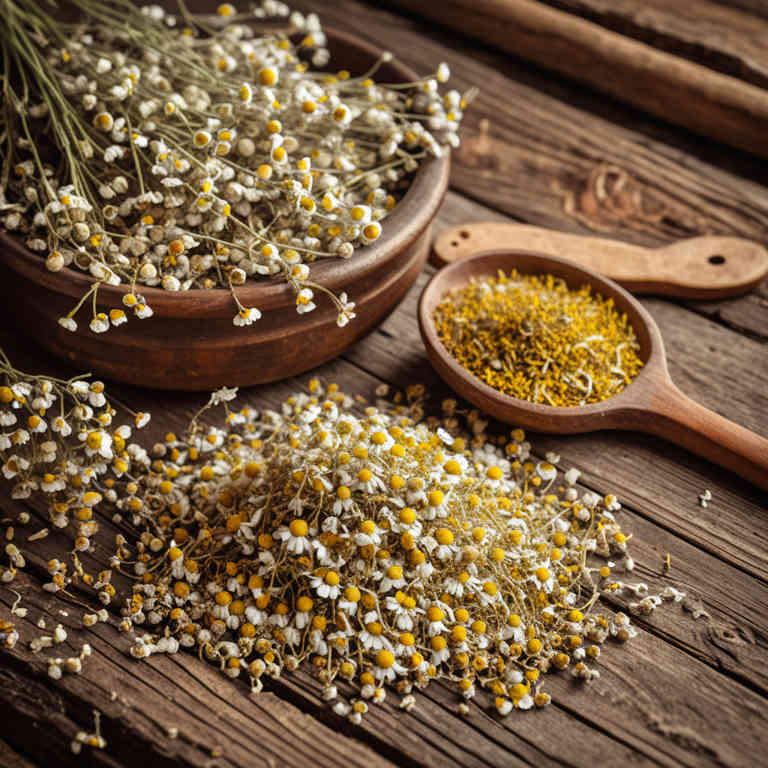
Matricaria chamomilla, commonly known as chamomile, is widely used in herbal decoctions for the treatment of dermatitis due to its anti-inflammatory and antiseptic properties.
The preparation of chamomile decoctions typically involves steeping the dried flowers in hot water to extract beneficial compounds such as flavonoids and essential oils. These decoctions can be applied topically as a compress or bath to soothe irritated skin and reduce redness. Chamomile is particularly effective for conditions like eczema and contact dermatitis, as it helps to calm the skin's inflammatory response.
However, it is important to perform a patch test before use, as some individuals may experience allergic reactions to chamomile.
10. Echinacea purpurea
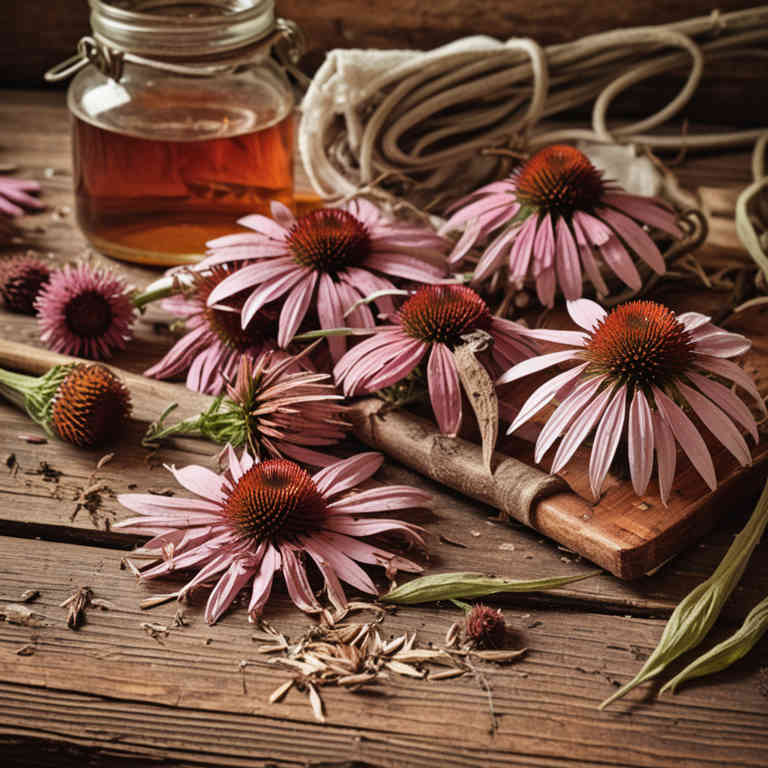
Echinacea purpurea, commonly known as purple coneflower, has been traditionally used in herbal medicine for its potential anti-inflammatory and immunomodulatory properties.
Herbal decoctions made from Echinacea purpurea are often prepared by boiling the dried roots, leaves, or flowers in water to extract their active compounds. These decoctions are believed to support the skin’s natural defenses and may help reduce redness, itching, and inflammation associated with dermatitis. Some studies suggest that echinacea can inhibit the production of pro-inflammatory cytokines, which may contribute to its effectiveness in managing skin conditions.
However, more research is needed to fully understand its mechanisms and confirm its efficacy for treating dermatitis.